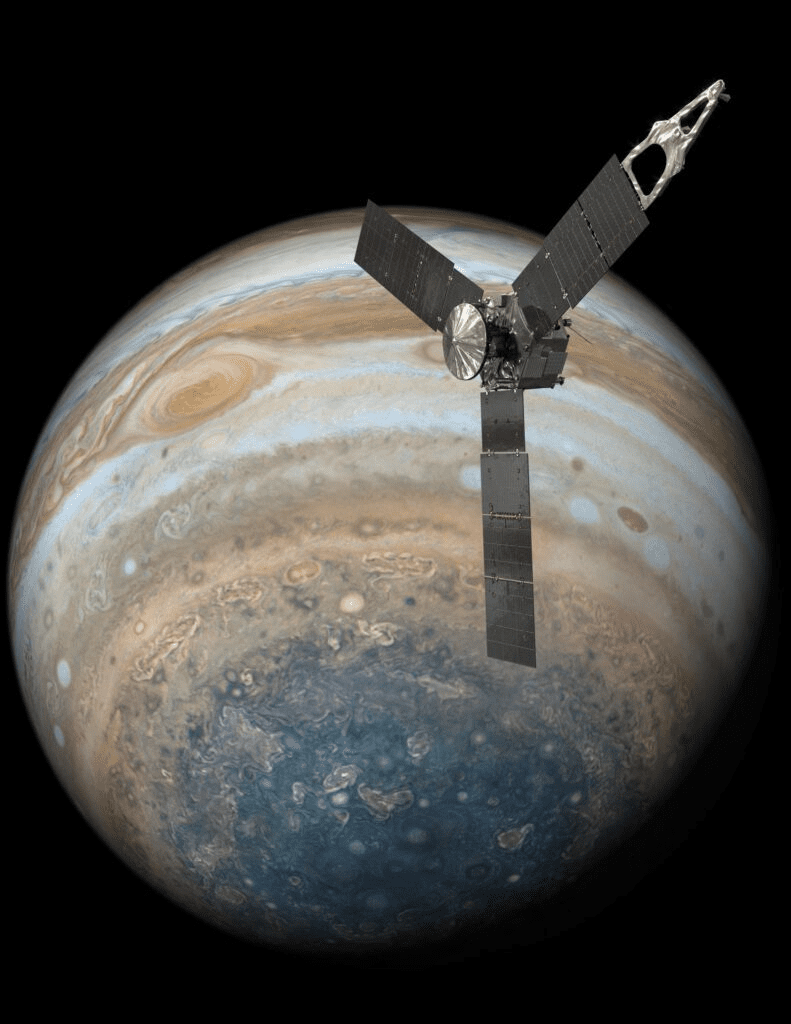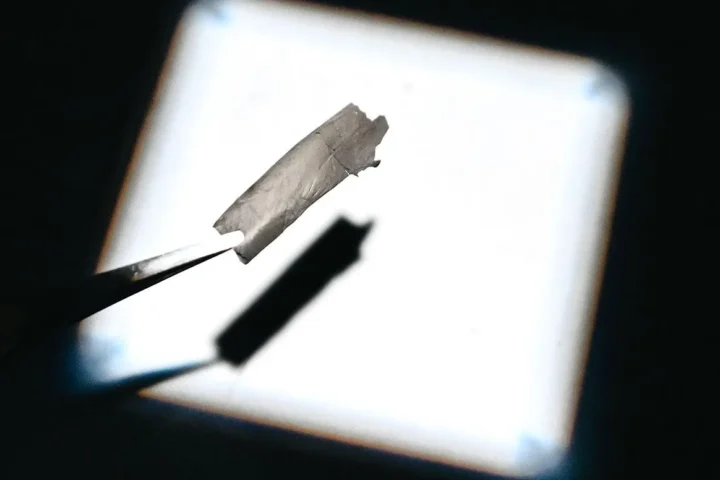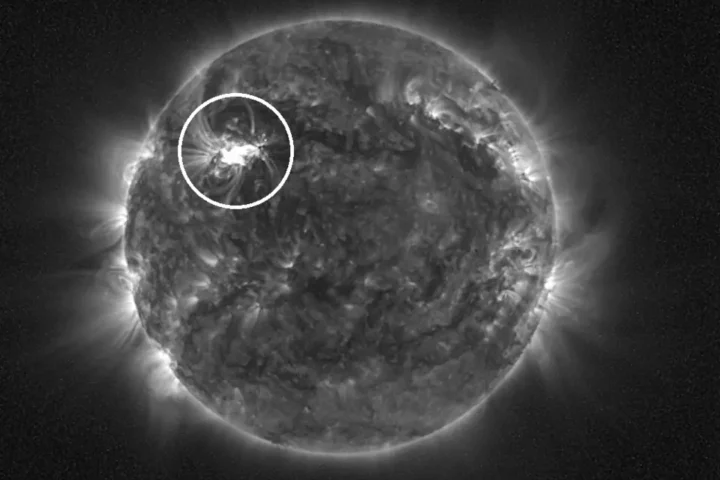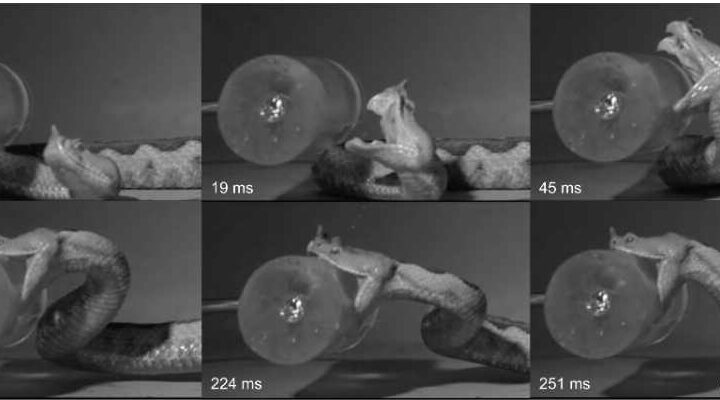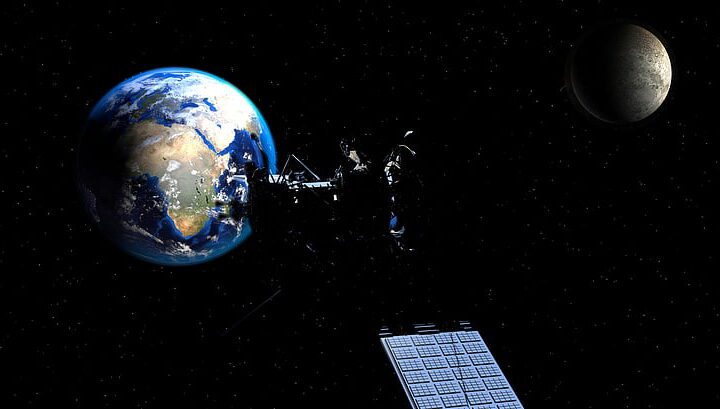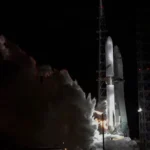NASA’s Juno Mission has completed its 50th orbit around Jupiter over the past weekend. The mission aims to reveal the truth about Jupiter’s origin and mysterious evolution.
NASA shared 50 sights of the JunoCam’s close pass of Jupiter on Twitter. The JunoCam instrument has survived 50 passes through Jupiter’s intense radiation and is still going strong.
Images captured by JunoCam are formulated by citizen scientists. The mission will explore the planet’s ring system, cruise through the night side of the planet, and come close to its volcanic world.
Juno has been orbiting Jupiter since 2016 and has been making regular close passes to study the planet’s atmosphere, magnetic field, and gravity field.
Each close encounter allows Juno to gather an enormous amount of data. NASA has shared visual highlights from Juno’s unprecedented journey.
The European Space Agency is planning to kick-start an eight-year mission costing a £1.4 billion to search for signs of life on Jupiter.
The mission will begin a significant quest to find where the greatest reserves of water are present in the solar system. NASA‘s Juno will investigate the solar system’s largest planet through September 2025.
